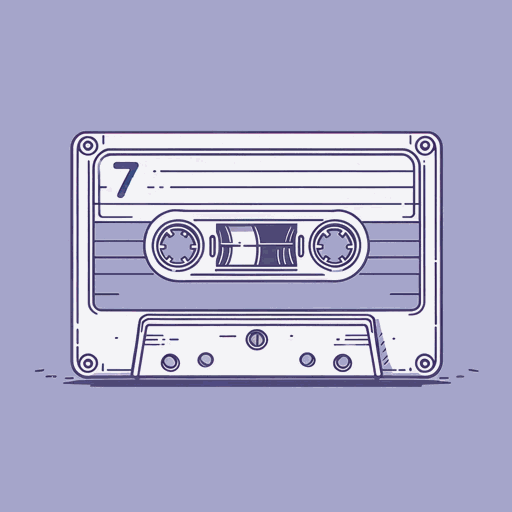66 pages • 2 hours read
Jay AsherThirteen Reasons Why
Fiction | Novel | YA | Published in 2007A modern alternative to SparkNotes and CliffsNotes, SuperSummary offers high-quality Study Guides with detailed chapter summaries and analysis of major themes, characters, and more.
Background
Critical Context: Commendation and Controversy
Since its publication in 2007, Thirteen Reasons Why has been at the center of controversy. Although the book received widespread critical acclaim, it has also frequented lists of banned and challenged titles, a position that resurged after the 2017 premier of its Netflix television adaptation. Central to the controversy is the novel’s treatment of suicide and mental health. Some laud the book for offering an opportunity for readers, schools, libraries, and mental health professionals to discuss difficult topics like suicide and sexual assault, while others criticize the title for glamorizing suicide and minimizing the importance of mental health conditions.
The book is important and beneficial, proponents argue, because it presents contemporary social issues and problems that affect today’s teens. In an interview with PBS News Hour, Asher asserts that books like Thirteen Reasons Why “need to be out there” (Strum, Lora. “Banning Books Like ’13 Reasons Why’ Makes it Harder for Teens to Open Up to Adults, Author Says.” PBS News Hour, 28 September 2017). Asher asserts that, when teens read books with potentially triggering themes like suicide and sexual assault, they may find their own personal experiences reflected and be encouraged to seek help.


